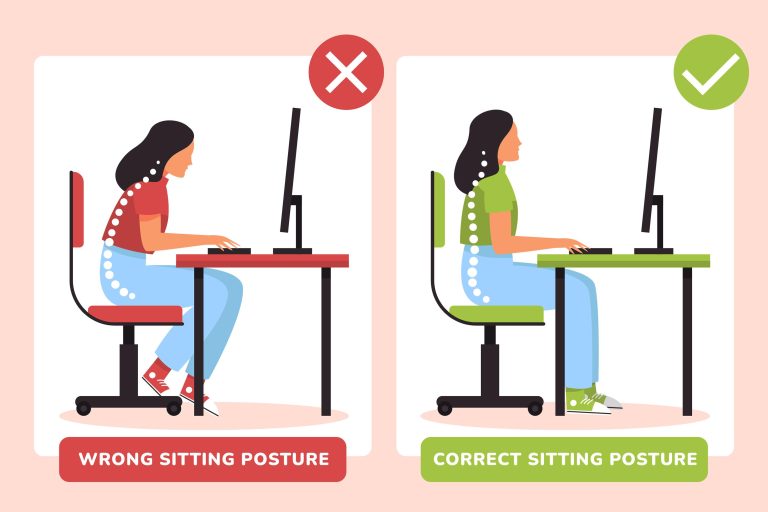What is Frozen Shoulder and How Can It Be Treated?
Frozen shoulder, or adhesive capsulitis, is a condition that leads to stiffness and pain in the shoulder joint. It typically develops gradually, worsens over time, and then eventually improves, but the entire process can take months to years. The condition is more common in individuals between the ages of 40 and 60 and occurs more frequently in women and people with diabetes.
Frozen shoulder usually occurs in three stages: the freezing stage, where pain increases and range of motion decreases; the frozen stage, where pain may subside but stiffness remains; and the thawing stage, where range of motion slowly returns. The cause is often unclear but can be linked to immobilization after an injury or surgery, hormonal imbalances, or chronic diseases.
Treatment focuses on pain management and restoring motion. This includes nonsteroidal anti-inflammatory drugs (NSAIDs), corticosteroid injections, and physical therapy. Gentle stretching exercises under the guidance of a physiotherapist are crucial. In some cases, more invasive treatments like manipulation under anesthesia or arthroscopic capsular release may be necessary.
Early diagnosis and consistent physiotherapy can shorten the course of the condition significantly. Patients are encouraged to stay active within pain limits and avoid shoulder immobilization. Patience is key, as frozen shoulder tends to resolve with time and effort.







